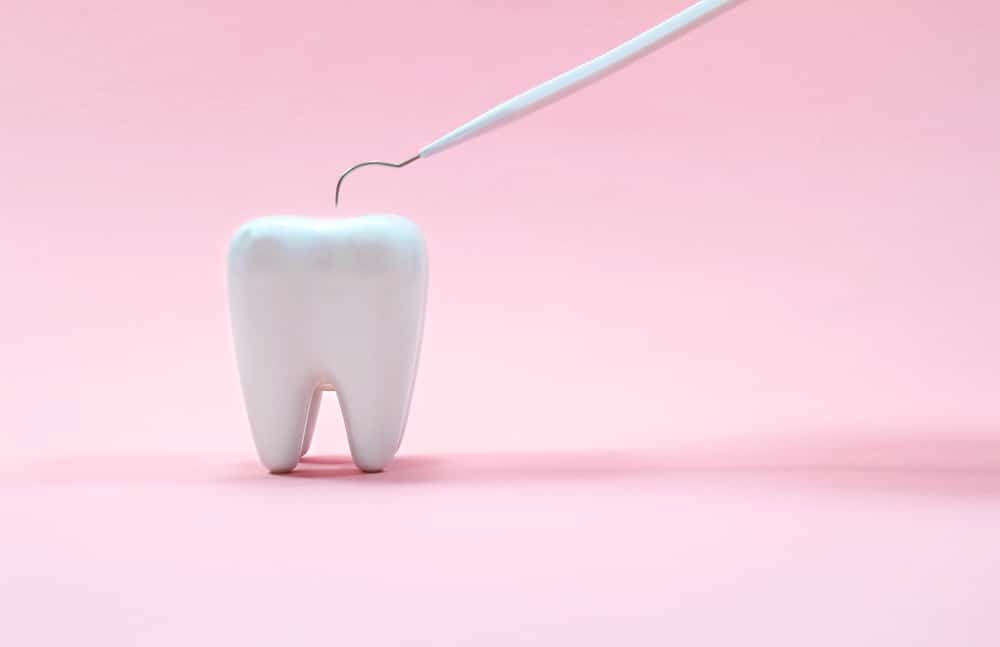
Would you expect that a compound used to make car bumpers strong and to protect wood decks could be used in repairing cavities?
While it sounds a little strange at first, researchers at the OHSU School of Dentistry in Portland, Oregon, hope that this compound will add extra strength to dental fillings and help prevent follow-up visits to the dentist.
According to a study published by the journal Scientific Reports, the researchers developed a filling material twice as resistant as the material used in standard fillings. The new filling material uses an additive, thiourethane, to give it extra strength and handle the stress of chewing.
This additive is also used in protective coatings, including those used for cars and decks.
Additionally, the OHSU team developed an adhesive for dental fillings that tested 30 percent stronger after six months compared to current dental adhesives.
The researchers believe the combination of the adhesive and the composite create longer-lasting dental restorations.
Currently, dental restorations last seven to 10 years before failing.
‘This can mean repeat fillings in the same tooth, and the potential for infection when restorations fail,’ said Dr. Sean Endsley of Legends Dental in Waco, Texas.
Fillings fail because of the pressure of chewing or because of spaces that form between the tooth and the dental filling.
‘When these gaps or cracks develop, bacteria can leak under the restoration and cause further damage,’ Endsley said.
This damage includes tooth loss, loss of bone tissue in the jaw and even life-threatening infections.
The adhesive created by the OSHU team employs a particular kind of polymer known as (meth)acrylamides. This polymer is more resistant to bacteria, mouth enzymes and water than adhesives currently in use.
The study was supported by the National Institute of Dental and Craniofacial Research.
While tooth decay and tooth loss have decreased in recent decades, more than 90 percent of American adults have experienced a cavity in a permanent tooth.
And, according to 2015 statistics from the National Center for Health Statistics, 27 percent of adults in the United States were living with untreated tooth decay.
Sources: Association of Health Care Journalists. Percentage of adult Americans with cavities remains high, study notes. 23 June, 2015.
Oregon Health & Science University. ‘Dental fillings could last twice as long: New material could mean fewer trips to the dentist’s office, scientists report.’ ScienceDaily. ScienceDaily, 4 March, 2019.




